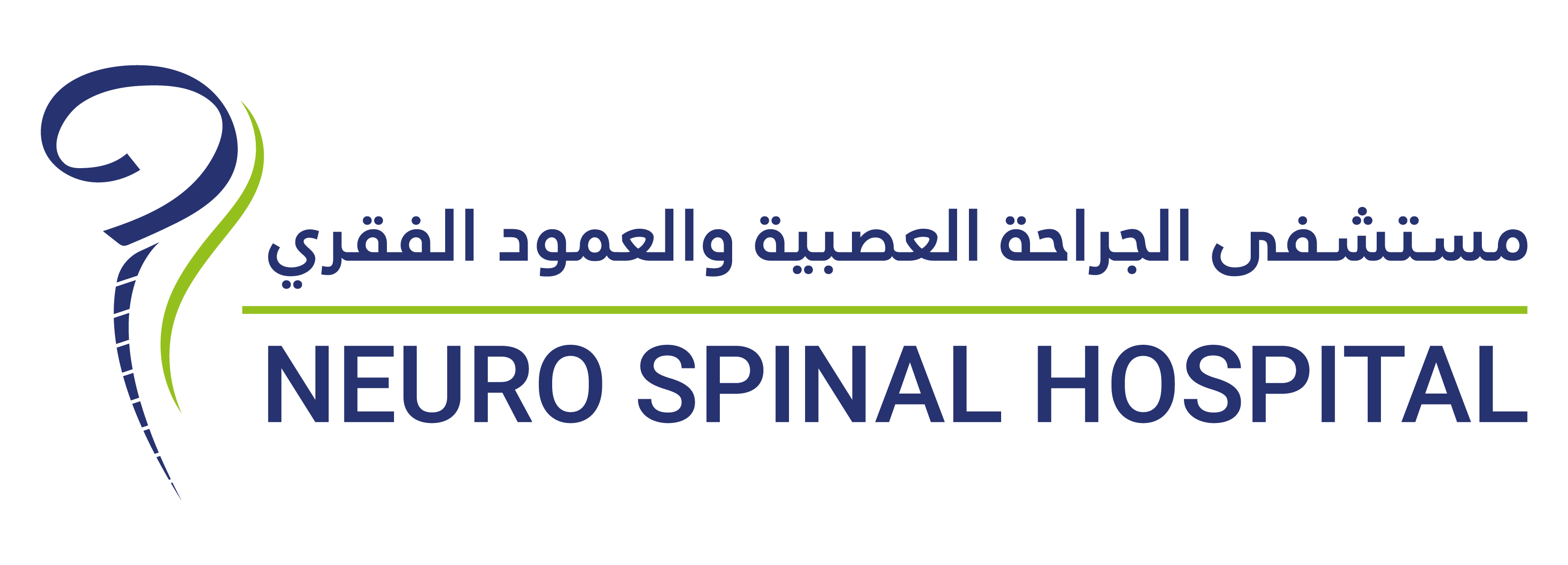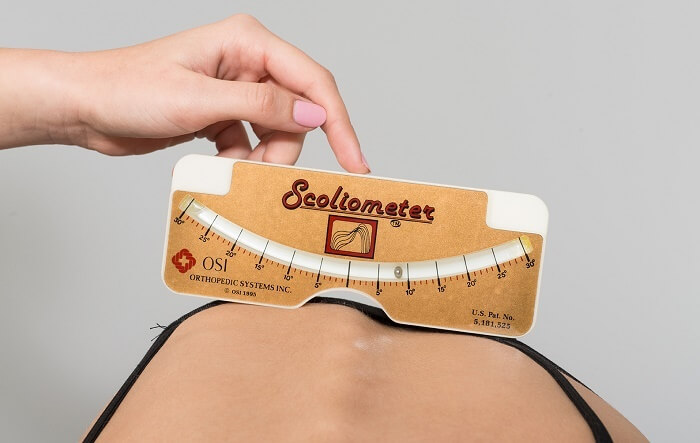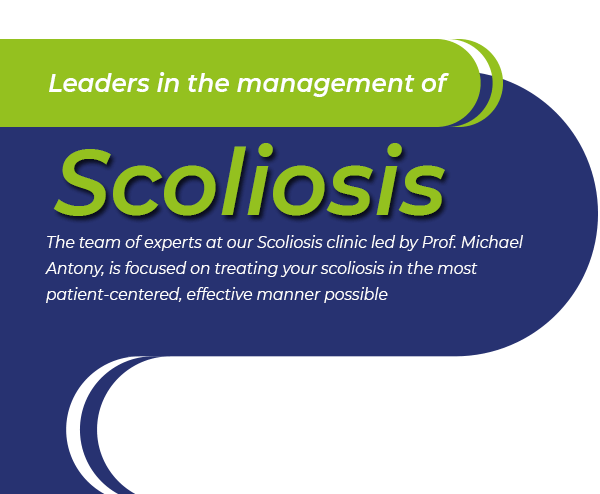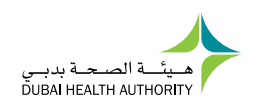Small curves (<20 degrees) may be monitored over time, usually with x-rays, to see if they are progressing. Back braces may be used for children with mild to moderate curves whose spine is still growing.
Physical therapy with scoliosis specific exercises can help in the management of the condition. Surgery may be recommended for larger curves when an individual has stopped growing, especially if they are progressing or causing symptoms.
For adults with degenerative scoliosis, surgery may be considered when symptoms of trapped nerves, such as pain, numbness or weakness occur due to the deterioration of the spine and discs.









